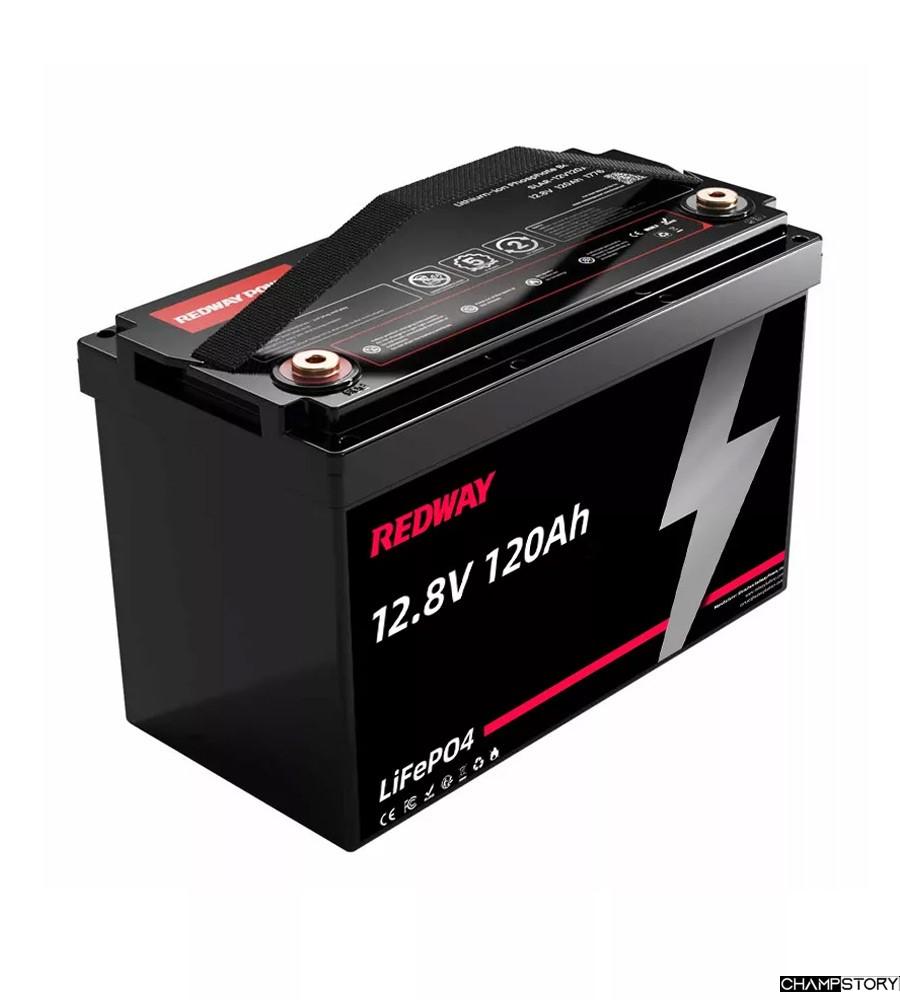

In the powerful domain of energy stockpiling, the fight for incomparability between LiFePO4 (Lithium Iron Phosphate) batteries and AGM (Permeable Glass Mat) batteries is escalating, particularly about high depleted battery applications. As we become progressively dependent on LiFePO4 RV Batteries Manufacturer eager power gadgets and eco-accommodating energy arrangements, understanding the subtleties of these battery advancements becomes fundamental. This article means to take apart the complexities of LiFePO4 and AGM batteries, zeroing in on their similarity with high channel situations, and shed light on the variables that impact the decision between them.
Diving into the heart of these batteries, we explore the fundamental differences in their chemical compositions. LiFePO4 batteries, leveraging lithium iron phosphate, exhibit a robust and stable chemistry. This stability not only enhances safety but also makes them resilient to the notorious thermal issues that have plagued some lithium-ion counterparts. On the flip side, AGM batteries rely on a lead-acid composition, with Absorbent Glass Mat technology offering spill-proof characteristics, making them a stalwart in various applications.
LiFePO4 batteries showcase their prowess in the energy density department, packing more power into a smaller space compared to AGM batteries. This elevated energy density translates into a longer runtime for devices, making LiFePO4 the go-to choice for applications where size and weight are critical considerations. AGM batteries, while stalwart and dependable, may fall short in terms of energy density, requiring more physical space to store the same amount of energy.
A critical aspect in the LiFePO4 vs AGM batteries debate is the number of charge and discharge cycles these batteries can endure. LiFePO4 batteries emerge as champions in this arena, boasting a significantly longer cycle life compared to AGM batteries. This extended cycle life makes LiFePO4 batteries ideal for applications demanding frequent cycling, such as renewable energy storage and electric vehicles. AGM batteries, while robust, may bow out of the race sooner under similar usage conditions.
There isn’t a moment to spare, particularly about re-energizing batteries. LiFePO4 batteries start to lead the pack with higher charging proficiency, taking into consideration a quicker charge. This characteristic proves advantageous in scenarios where quick replenishment of energy stores is crucial. AGM batteries, although reliable, may require a bit more patience when it comes to charging times.
The lightweight idea of LiFePO4 batteries is a unique advantage, especially in applications where conveyability is a non-debatable variable – think versatile electronic gadgets and electric vehicles. The lower weight upgrades the client experience as well as adds to further developed energy productivity in transportation. AGM batteries, while hearty, will generally be heavier, making them appropriate for fixed applications where weight is to a lesser degree a worry.
The financial landscape often dictates decisions, and the LiFePO4 vs AGM batteries debate is no exception. LiFePO4 batteries might request higher forthright speculation, yet their drawn-out cycle life and execution might offer better long-haul benefits. AGM batteries, with a more unassuming starting expense, can be an alluring choice for those on a careful spending plan or for applications with less requesting energy prerequisites.
Security is foremost, particularly in gadgets and frameworks that request superior execution batteries. LiFePO4 batteries, with their steady science, are eminent for their well-being highlights. They show protection from warm out of control, pursuing a safe decision even in requesting conditions. AGM batteries, while generally safe, may pose a higher risk of overheating and spillage under extreme circumstances.
LiFePO4 batteries and AGM batteries track down their specialties in unmistakable applications, each utilising their one-of-a-kind qualities. LiFePO4 batteries, with their high energy thickness, long cycle life, and speedy charging abilities, sparkle in electric vehicles, sun-oriented energy capacity, and compact electronic gadgets. AGM batteries, attributable to their hearty development, are generally sent in reinforcement power frameworks, uninterruptible power supplies (UPS), and other fixed applications.
In the period of uplifted natural mindfulness, the environmental effect of batteries is an essential thought. LiFePO4 batteries present an all the more harmless to the ecosystem choice contrasted with AGM batteries. The shortfall of poisonous materials and the utilisation of generally bountiful lithium add to the eco-accommodating profile of LiFePO4. Conversely, AGM batteries, containing lead, a weighty metal with potential natural and wellbeing gambles, need cautious removal and reusing measures.
Conclusion:
In the powerful scene of battery innovation, the decision among LiFePO4 and AGM batteries reduces to High Drain Battery a nuanced assessment of the particular necessities of the application within reach. LiFePO4 batteries, with their high energy thickness, broadened cycle life, and well-being highlights, arise as a force to be reckoned with in high channel situations, like electric vehicles and environmentally friendly power stockpiling. AGM batteries, with their sturdiness, reasonableness, and unwavering quality, cut their specialty in applications where weight is less basic and fast charging is not an essential concern. As technology advances, this battery battleground will continue to evolve, influenced by factors such as energy efficiency, cost considerations, and environmental impact. Ultimately, the decision between LiFePO4 and AGM batteries requires a careful balance of these factors to power a sustainable and efficient future.
<h1>Avoiding Common Pitfalls: What You Need to Know Before Scaling Your Business</h1> <p>Scaling a business… Read More
Introduction Buying a home is one of the most significant investments you will make in… Read More
Introduction Cooking is not just about following a recipe; it is about mastering essential techniques… Read More
Introduction: In today's competitive healthcare landscape, clinics are constantly striving to enhance the patient experience… Read More
Introduction: Small businesses face numerous challenges on a daily basis, and one of the most… Read More
As a business owner, protecting your company from potential legal issues is crucial for ensuring… Read More
This website uses cookies.